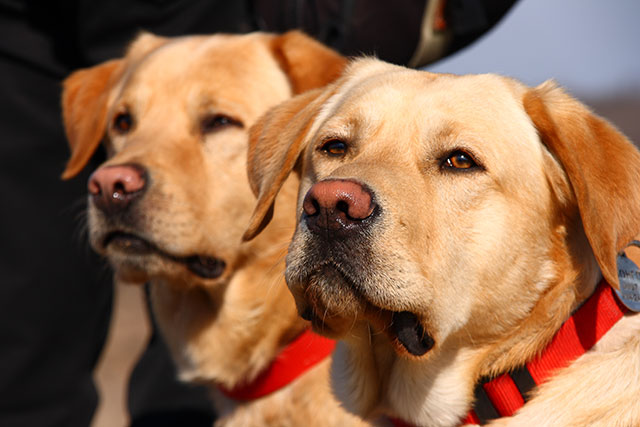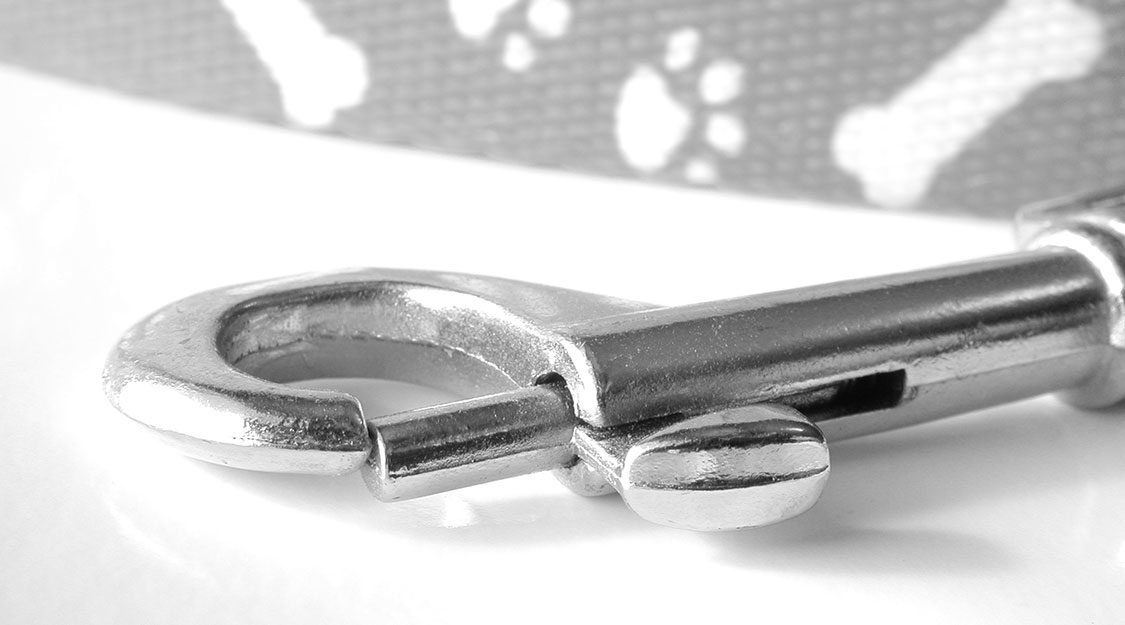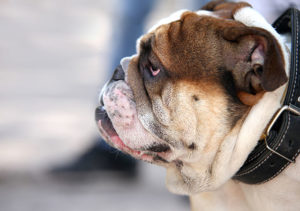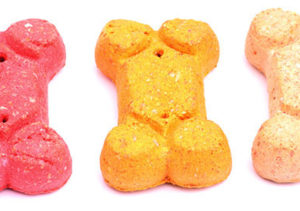The golden rule of leash training a dog

The majority of dog owners address the issue of leash training only once it becomes a problem. In the beginning, when walking their dog, they initially think it’s “cute” that a puppy pulls away the entire walk to the park because, they think, that the dog “just can’t wait to play with its ball”. But once this pattern of pulling in ingrained, it take patience to retrain.
Regardless what equipment and training method you choose, you must stick to the golden rule when teaching leash manners: any pulling by the dog means all forward motion ceases.
As soon as your puppy or dog puts tension on the leash, you stop – every time! Ah, but rather than just stand there and make this a battle of wills, we humans outsmart our clever dogs and convince them that putting slack in the leash really works on their favor. Therefore, training will include treats, praise and other positive payoffs.
Add a clicker to the mix
Help your dog learn that it’s a good idea to stay close to you, that good things happen when you’re nearby. To achieve this goal, we suggest that you use clicker training using a clicker, which is a small, handheld device that makes a “click” sound when pressed.
The click marks the desired behavior the second it occurs and is immediately followed by a treat. A clicker is a good way to cut through the environment clutter that is a part of most leash walks, and helps your dog to focus on you and what it’s doing to get “paid”.
The clicker helps teach your dog to ignore tempting distractions because you become more interesting to your dog than anything else.
Not surprisingly, a young pup that has never had a chance to develop the habit of pulling is the easiest to teach. First, gather up your training tools and snap the leash on the buckle collar. Start walking and talking to the puppy in a happy, friendly voice. As he turns to look at you and the leash goes slack, CLICK!
This interaction teaches your dog that you are, indeed, an integral part of being walked.
Note
Frequent clicks and treats while walking will help teach your dog that the big payoff usually happens within a one-foot radius around you. Most pups will begin to stick around in hopes of another reward.



